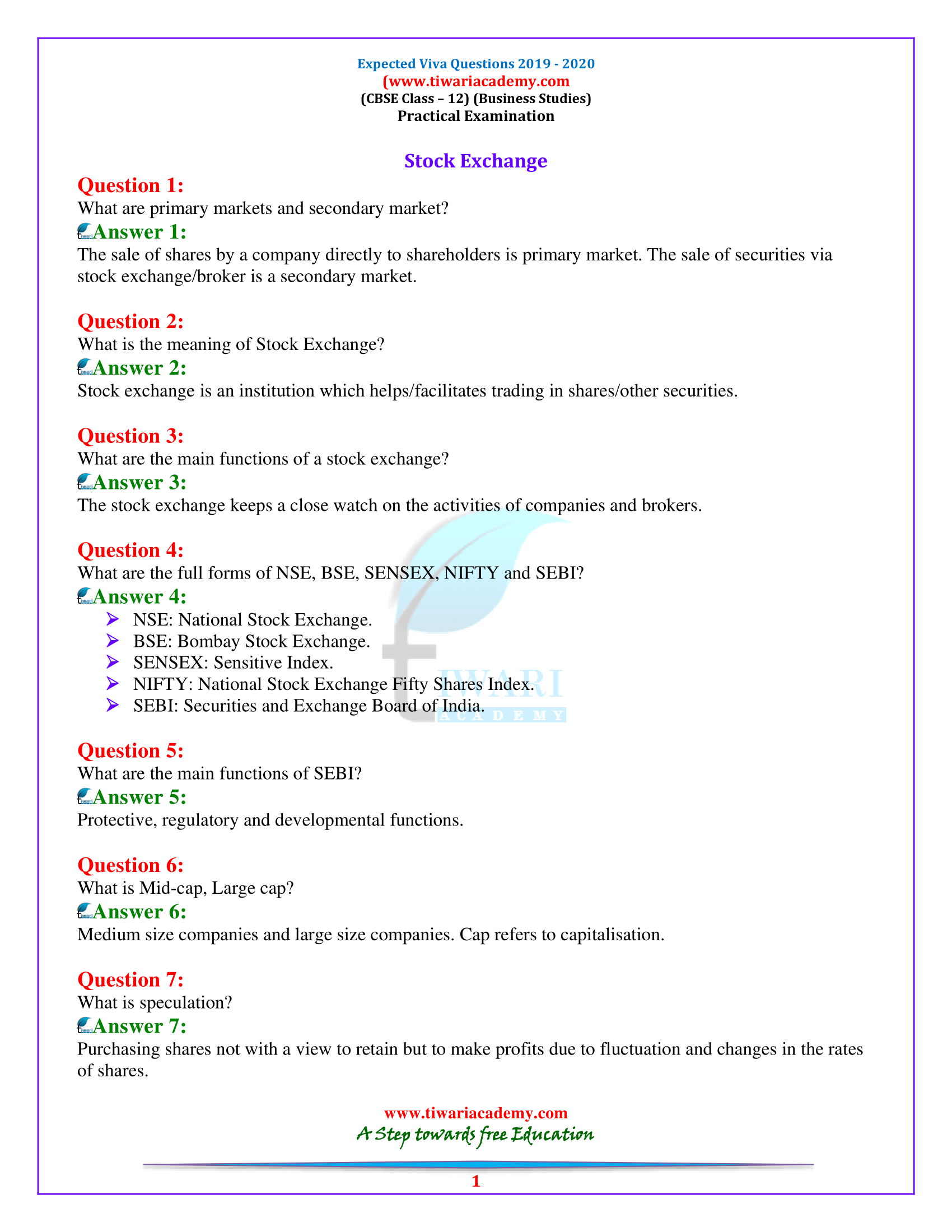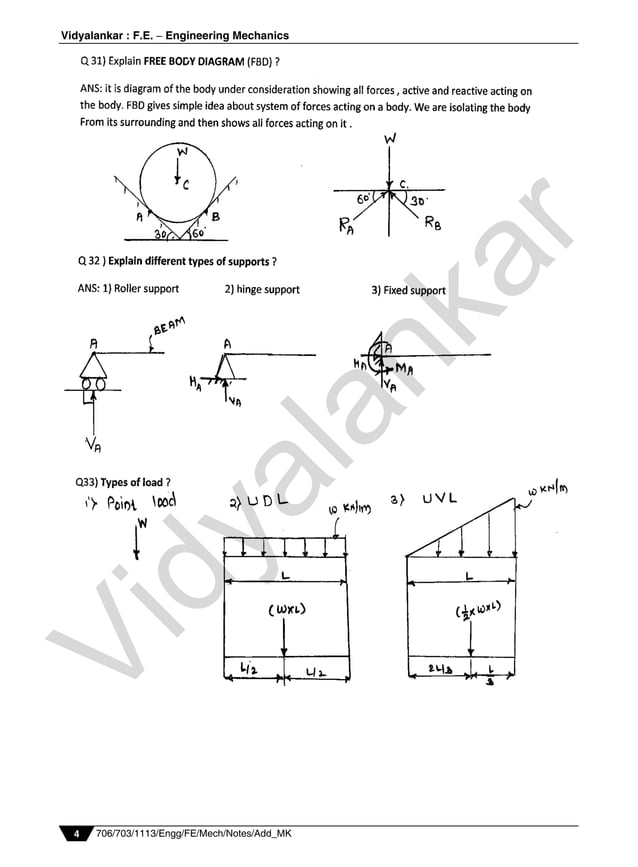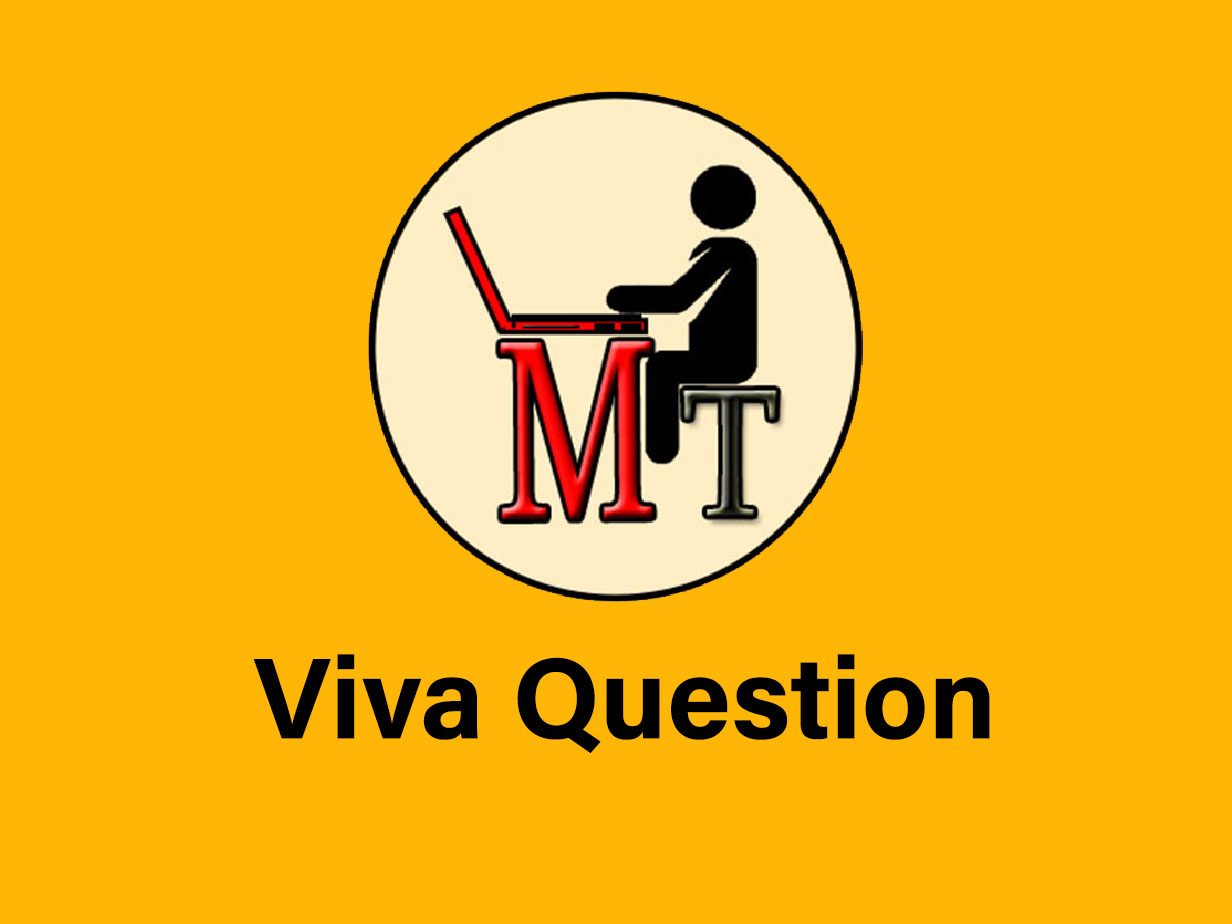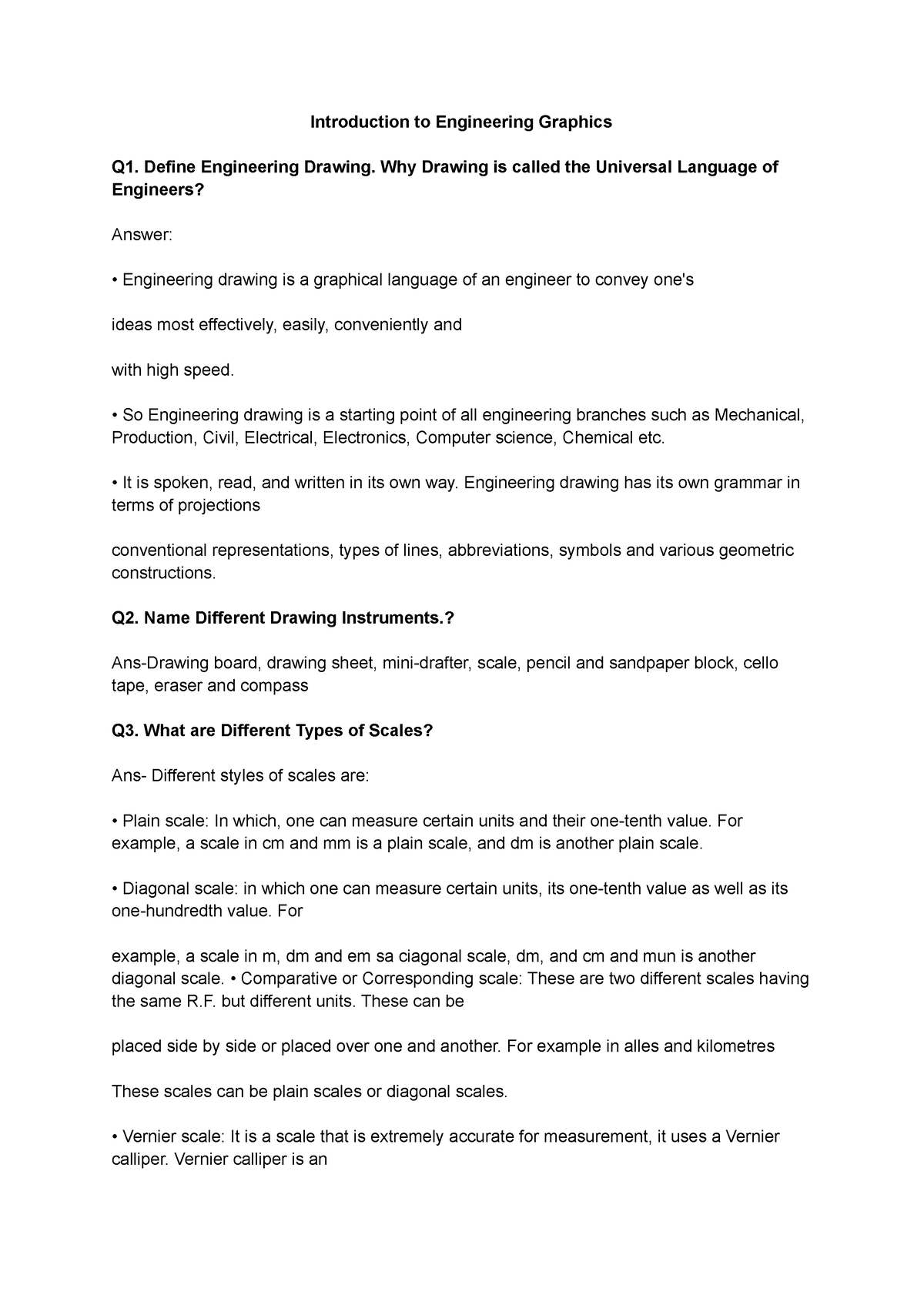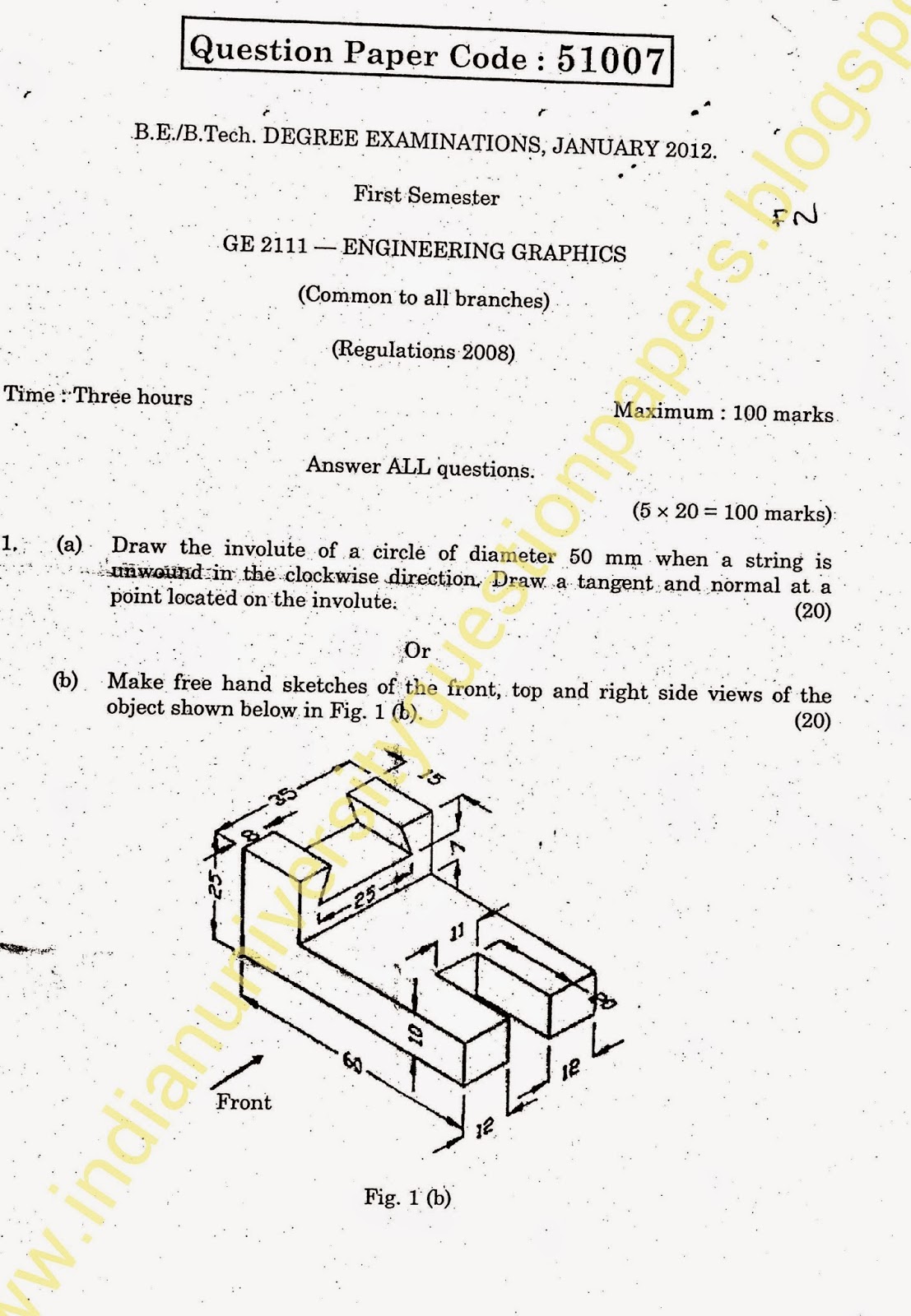Engineering Graphics Viva Questions And Answers

Imagine the scene: bright sunlight streams through the windows of the engineering department, illuminating faces etched with a mixture of nerves and anticipation. Students, armed with their meticulously crafted drawings and well-worn textbooks, huddle in small groups, whispering last-minute questions and answers. The air crackles with the quiet tension that precedes a viva, the final hurdle in their Engineering Graphics course.
This article aims to demystify the Engineering Graphics viva by providing a comprehensive collection of frequently asked questions and insightful answers. It will serve as a guide to help students confidently navigate this crucial assessment, ultimately solidifying their understanding of fundamental engineering principles.
The Foundation: What is Engineering Graphics?
Engineering Graphics, often referred to as technical drawing, is the language of engineers. It's a standardized system used to communicate designs and specifications clearly and unambiguously. Think of it as a visual blueprint, translating abstract ideas into concrete instructions for manufacturing and construction.
At its core, Engineering Graphics encompasses various techniques like orthographic projections, isometric views, sectioning, and dimensioning. Mastery of these techniques is essential for any aspiring engineer.
Common Viva Questions & Answers
Let's delve into some typical questions you might encounter during your Engineering Graphics viva:
Question 1: What is the purpose of using orthographic projections?
Answer: Orthographic projections allow us to represent a 3D object in 2D, showing multiple views (front, top, side) to completely define its shape and dimensions. This ensures accurate representation and avoids ambiguity.
Question 2: Explain the difference between first-angle and third-angle projection.
Answer: In first-angle projection (commonly used in Europe), the object is imagined to be placed behind the projection plane. In third-angle projection (used in the US and other regions), the object is placed in front of the projection plane. The relative positions of the object and the viewer determine the orientation of the views.
Question 3: What are isometric projections, and why are they used?
Answer: Isometric projections are a type of pictorial projection where all three axes are equally foreshortened. They offer a 3D representation of an object that is relatively easy to visualize, making them useful for presentations and quick communication of design ideas.
Question 4: What is sectioning, and when is it necessary?
Answer: Sectioning is a technique used to reveal the internal details of an object by imagining it cut along a plane. It is necessary when internal features are complex or hidden from view in standard projections.
Question 5: Explain the importance of dimensioning in Engineering Graphics.
Answer: Dimensioning provides precise measurements of an object's features, ensuring accurate manufacturing and assembly. Proper dimensioning follows specific rules and conventions to avoid confusion and errors.
Beyond the Basics: Advanced Concepts
Some vivas might delve into more advanced topics:
Question 6: What are auxiliary views, and when are they required?
Answer: Auxiliary views are projections taken onto a plane that is inclined to the principal planes of projection. They are required when features of an object are not true shape in the standard orthographic views.
Question 7: How can CAD software be used to create Engineering Graphics drawings?
Answer: CAD (Computer-Aided Design) software allows engineers to create precise and easily modifiable drawings. It automates many tasks and provides tools for creating complex geometries and performing simulations.
Question 8: What are the benefits of using standardized symbols in Engineering Graphics?
Answer: Standardized symbols ensure universal understanding and avoid misinterpretations. They represent common features, materials, and processes in a concise and efficient manner.
"Using standardized symbols promotes clear and unambiguous communication," emphasized Professor Anya Sharma, a veteran Engineering Graphics instructor.
Tips for Acing Your Viva
Preparation is key. Review your drawings, understand the underlying principles, and practice answering common questions. Stay calm, listen carefully to the questions, and answer concisely and confidently. Don't be afraid to ask for clarification if needed.
Remember that the viva is not just about reciting information; it's about demonstrating your understanding of the subject. Show your thought process and reasoning behind your answers.
Engineering Graphics is a fundamental skill that will serve you well throughout your engineering career. Embrace the challenge, master the concepts, and confidently showcase your knowledge during the viva. Good luck!

